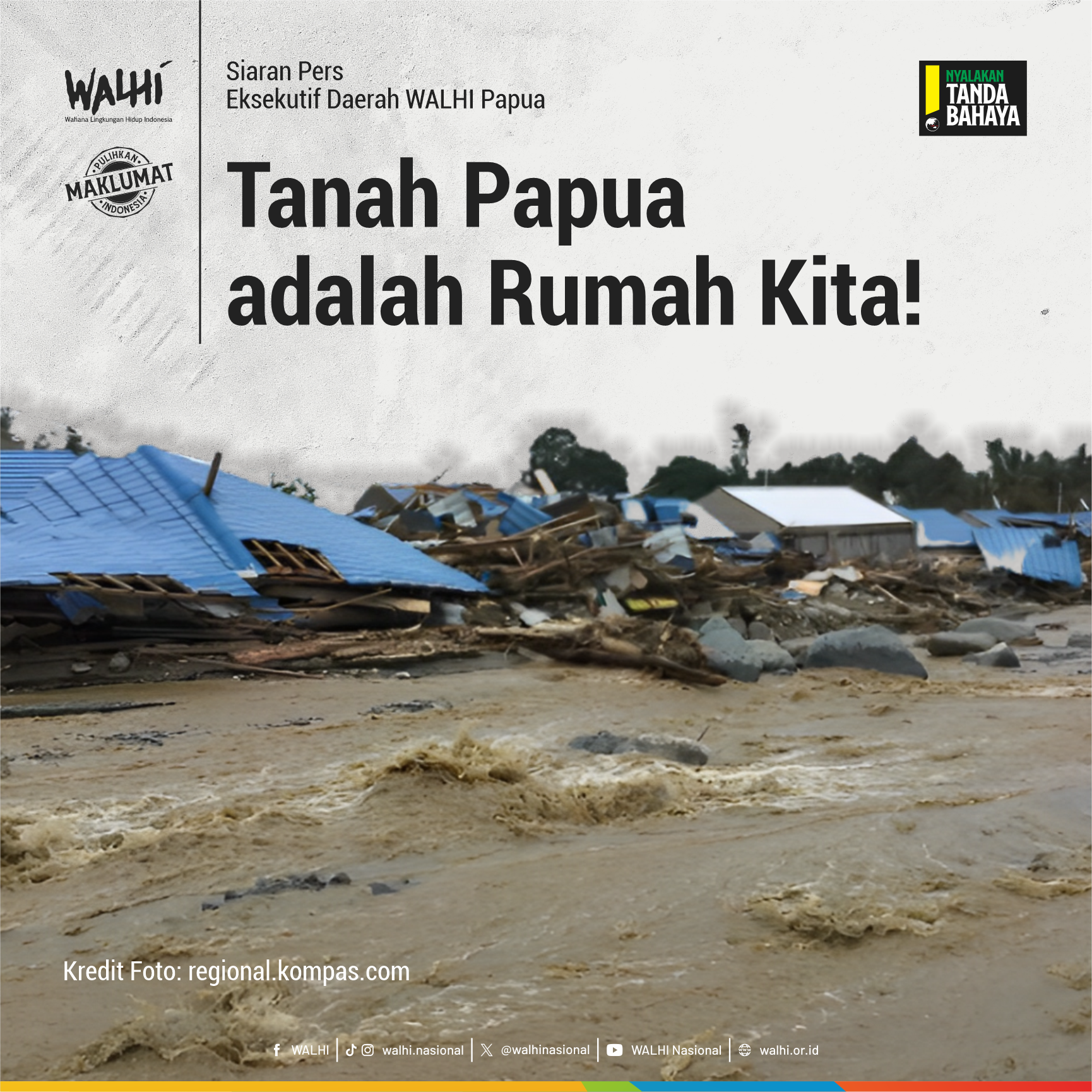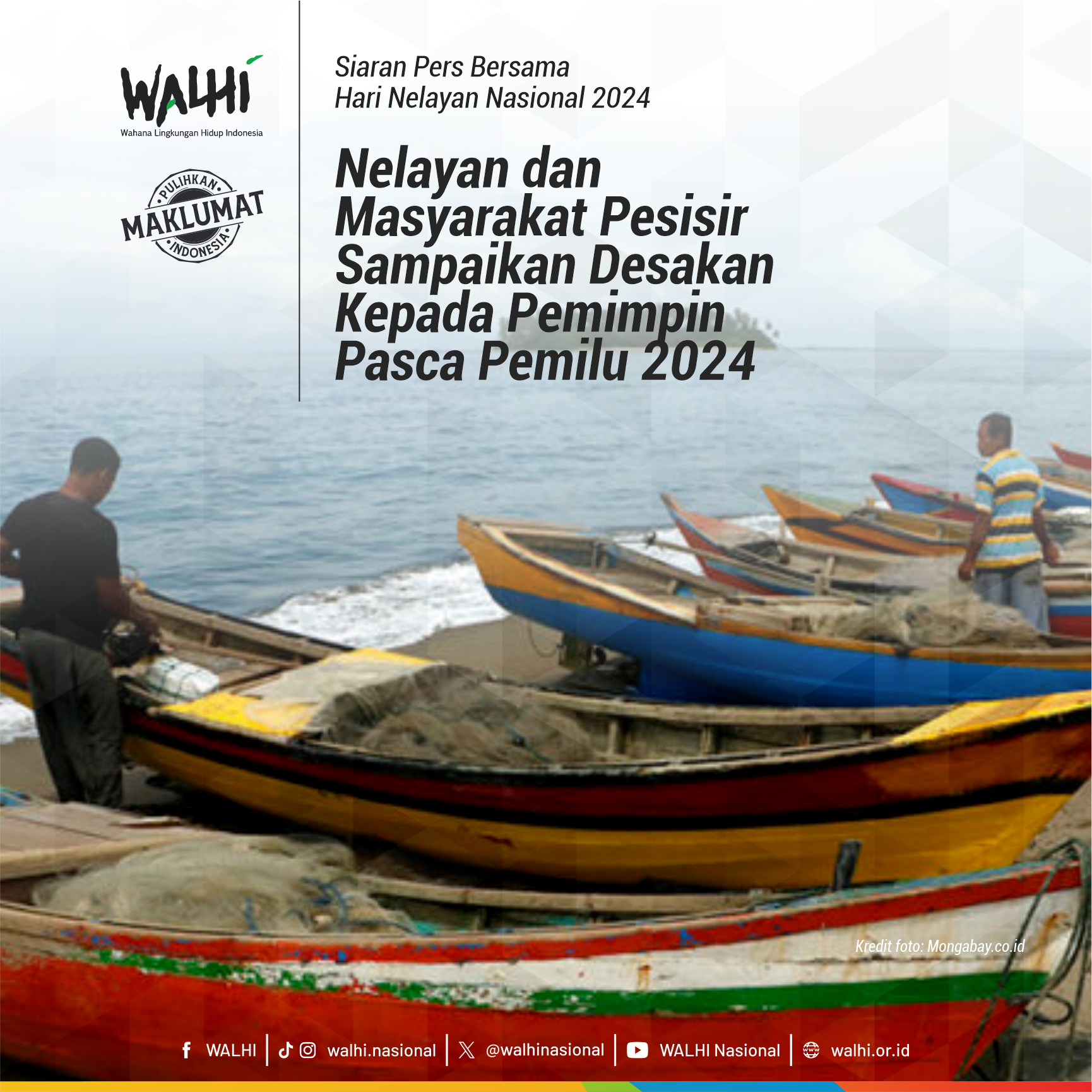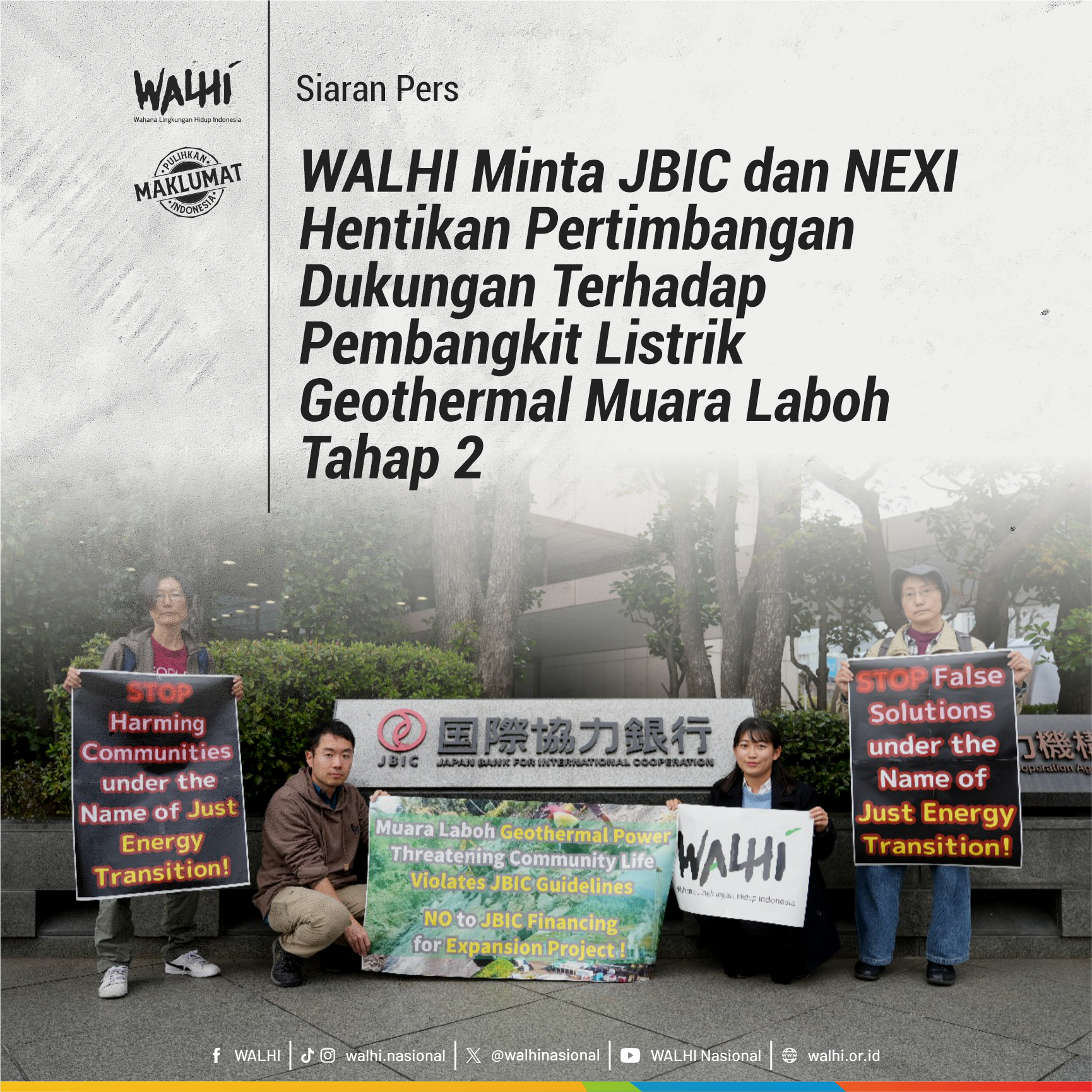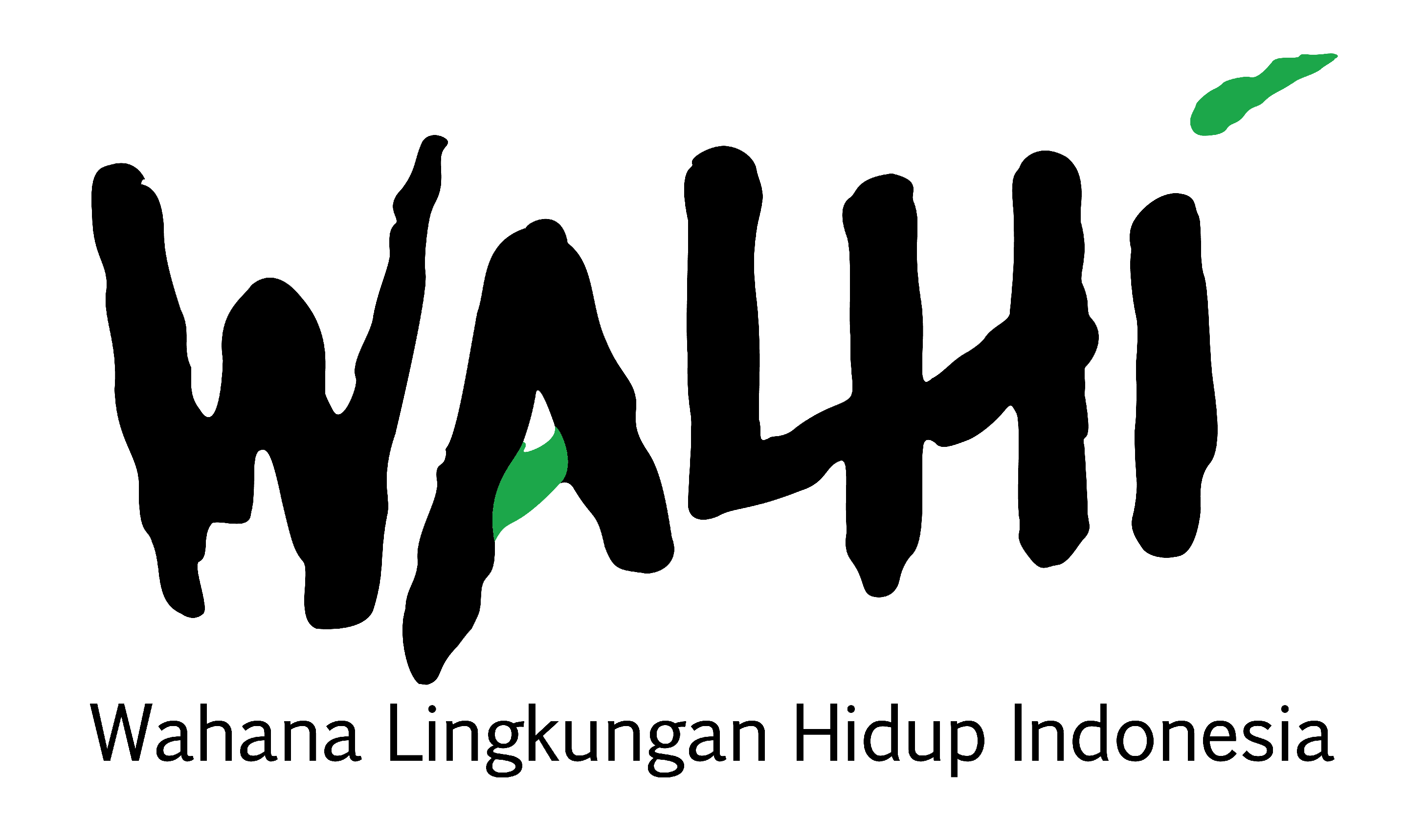Jakarta, 7 August 2017 – The low carbon development efforts prepared by the local government in response to climate change do not correlate properly with national planning to achieve target of decreasing emission of greenhouse, even more in some matters they tend to be contradictive. It was explained in the discussion on Climate Change with the public and journalists. Moreover, a WALHI document on study result was presented with the theme “Climate Change Adaptation and Mitigation Policy in the Middle-Term Regional Development Plan (RPJMD) in Five Provinces in Indonesia.” The event was held in the Ministry of Environment and Forestry during the festival of Archipelago Social Forestry 2017. WALHI conducted a research referring to the Regional Action Plan on Decreasing Emission of Greenhouse (RAD GRK) and RPJMD of South Sumatera, West Java, East Kalimantan, South Sulawesi and East Nusa Tenggara Provinces. The research aimed to identify local government support toward the decreasing emission program in national level. According to Manager of Climate Justice Campaign of Walhi National, Yuyun Harmono, out of five provinces being studied, all of them have the decreasing emission programs that are not aligned with the scheme in national level. “In general, there has not been any more sophisticated innovation or initiative to support the sustainable eco-friendly development, low carbon, and having high economic power.
Moreover, in the research document, it is indicated that regional action plan did not answer the emission sources in such areas”, said One of the examples: RPJMD of West Java has included target of decreasing emission of greenhouse; yet, it was executed wrong. Such decreasing emission of greenhouse measure shall be done in two sectors: energy and land-based sector considering this province has many coal power plants. In fact, it was done in waste management sector due to less expensive cost. Moreover, the prepared plan in response to climate change indicates the inadequate correlation. For example, in its plan, South Sumatera Province supports the change of function for area and the expansion of palm oil plantation as well as industrial plant forest in peat areas and forest; yet, such areas are mentioned as vulnerable areas and in the RAD GRK of the province, the emission of greenhouse from land-based is indeed significantly big. Similar problems are found in all other provinces being the research areas. These are the opportunities to get things right so that Indonesia will be consistent in being one of the fighting centers in dealing with climate change in international forums such as the next COP23 and other forums. Speech by President Joko Widodo during the COP in 2015 in Paris stated the commitment of Government of Indonesia to decrease 29% of emission with self-effort, and 41% with international aid until the year of 2030.
At the end of 2016, the government of Indonesia has submitted document of Nationally Determined Contribution (NDC) to the Secretariate of United Nations Framework Convention on Climate Change (UNFCCC). Ratification of Paris Treaty has been done through the ratification of Law Number 16 of 2016. This is the continuous policy from previous government period, in which the commitment of government of Indonesia was to decrease the emission of greenhouse until the year of 2020 for 26% from business as usual with sources and self-efforts and 41% with international aid as stated in Speech delivered by President Susilo Bambang Yudhoyono in Pittsburgh, the United States of America, during the G-20 Summit in 2009. “If there is no change in the policy in RPJMD in the near future by the local government; instead, if it will only be done after the simultaneous regional election in 2018, we are worried that the target of decreasing emission in Indonesia will never be achieved”, said Yuyun ending this press release.






